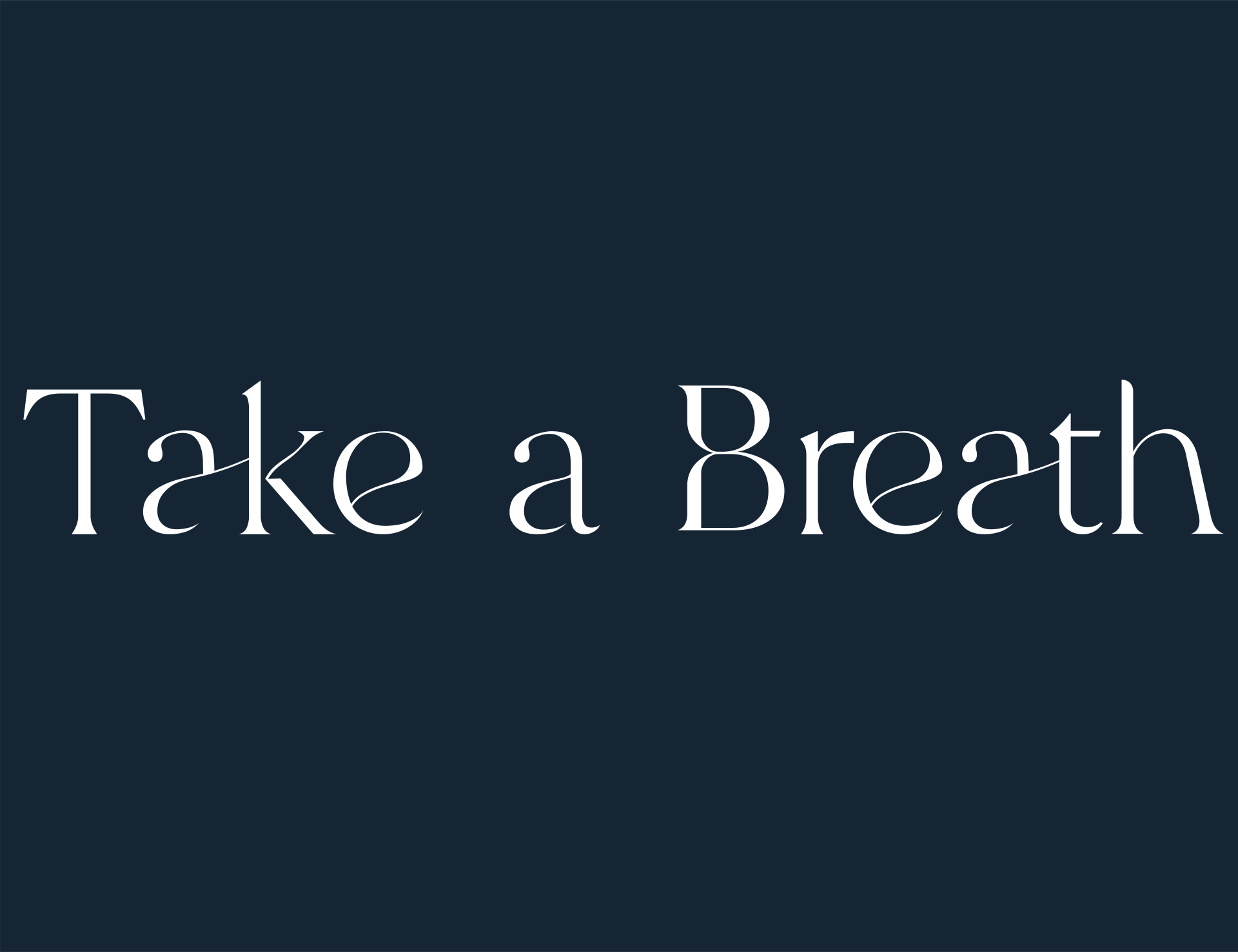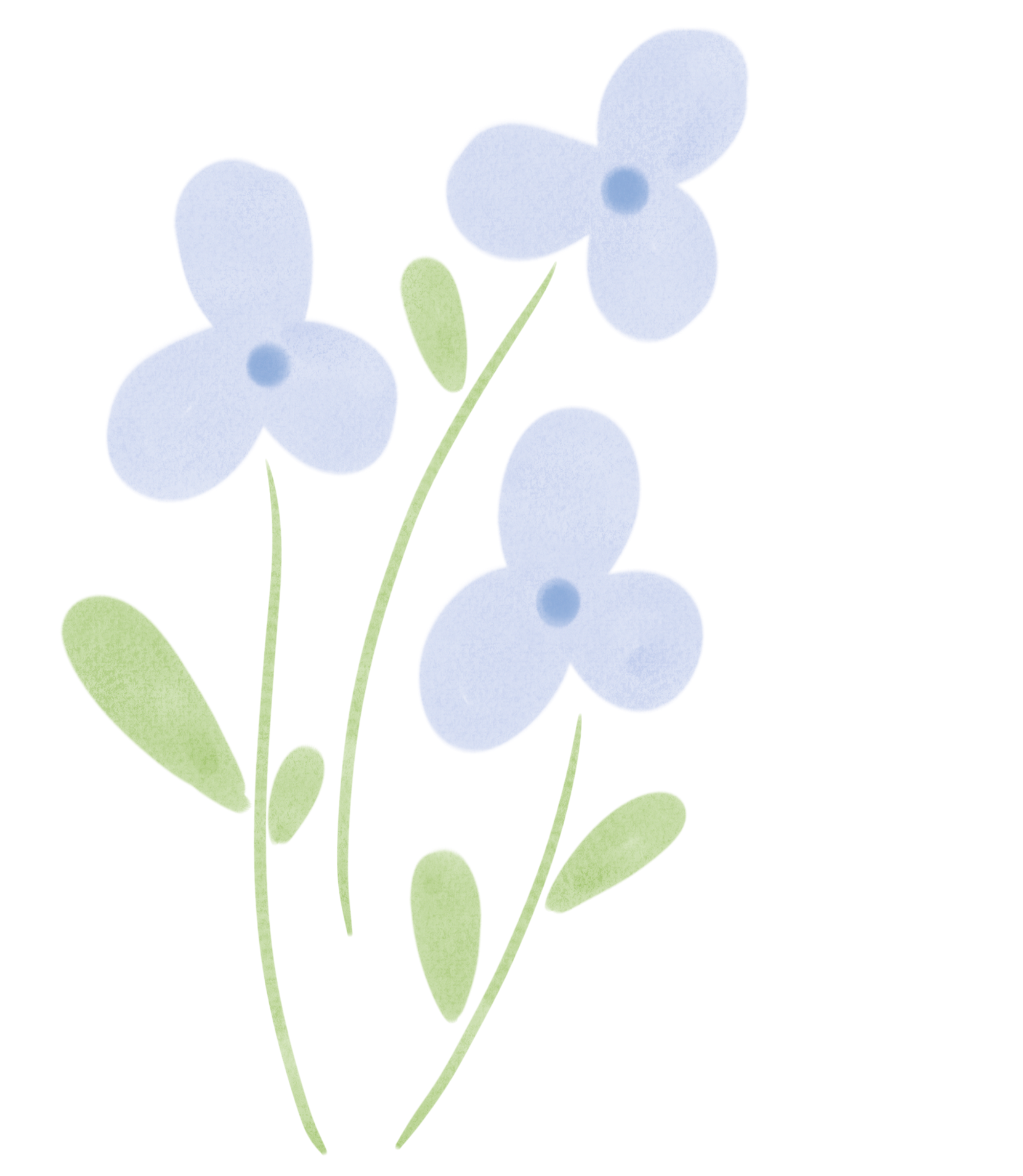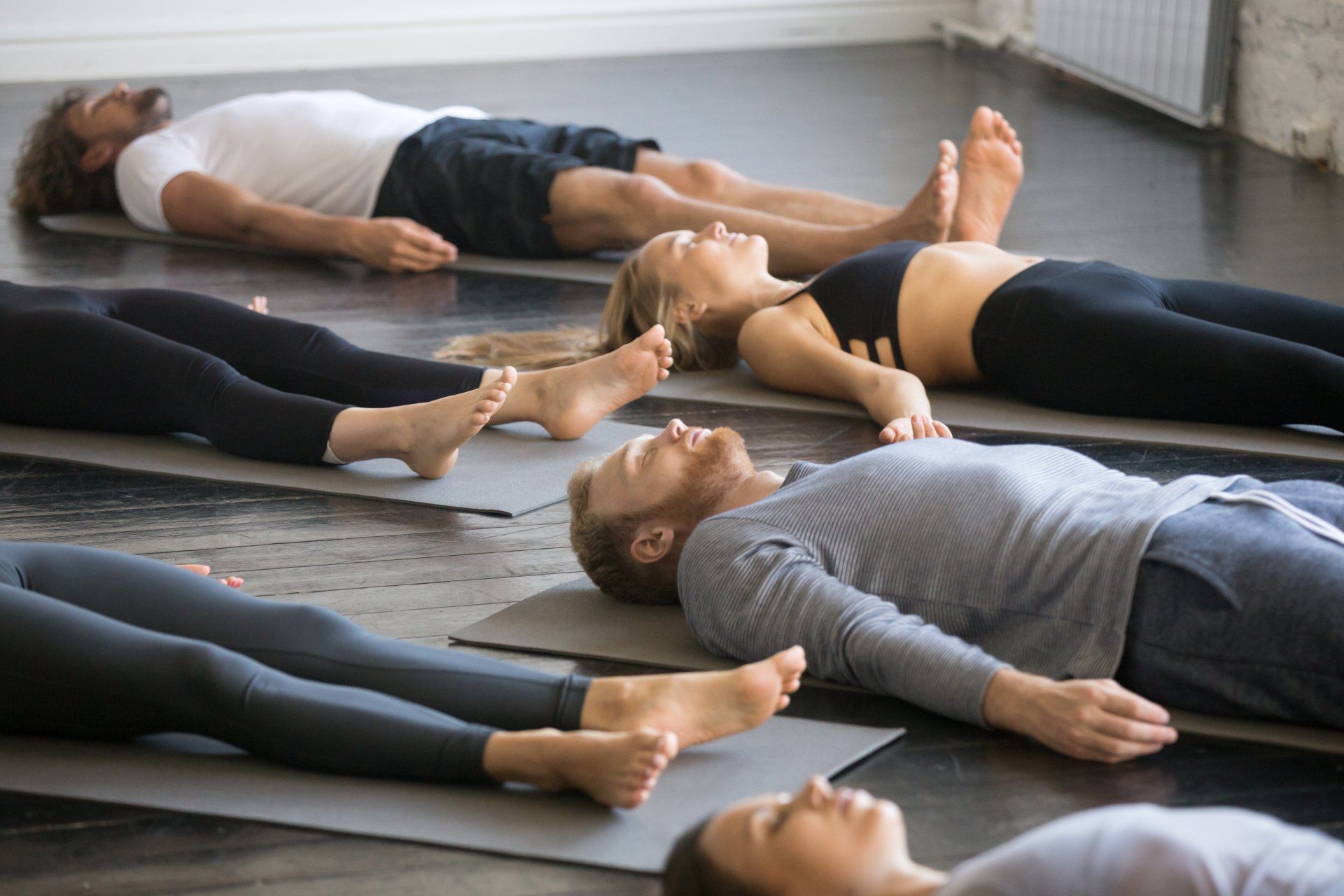
Change your brain chemistry for the better with a few deep breaths
For many years I have had an on-going interest in the relationship between natural breathing and well being. Through accumulated modern day tensions and our responses, we have lost contact with our body and we tend to live largely in the head. As a result we have become desensitized to the feeling and the understanding of the link between ourselves and that of our physical body.
Corrective Breathing Therapy re-educates the body, creating relaxation, relieving stress and the stress-related illness. Natural Breathing Patterns are invaluable for not only chronic pain but for people suffering from a wide range of stress-related psychological, emotional and nervous conditions including anxiety and insomnia. Some more serious illnesses such as asthma, heart disease, diabetes and hypertension have also responded very positively.
Managing and releasing the causes of stress is the key to good health

Change your brain chemistry for the better with a few deep breaths
For many years I have had an on-going interest in the relationship between natural breathing and well being. Through accumulated modern day tensions and our responses, we have lost contact with our body and we tend to live largely in the head. As a result we have become desensitized to the feeling and the understanding of the link between ourselves and that of our physical body.
Corrective Breathing Therapy re-educates the body, creating relaxation, relieving stress and the stress-related illness. Natural Breathing Patterns are invaluable for not only chronic pain but for people suffering from a wide range of stress-related psychological, emotional and nervous conditions including anxiety and insomnia. Some more serious illnesses such as asthma, heart disease, diabetes and hypertension have also responded very positively.
Managing and releasing the causes of stress is the key to good health
Change your brain chemistry for the better with a few deep breaths
For many years I have had an on-going interest in the relationship between natural breathing and well being. Through accumulated modern day tensions and our responses, we have lost contact with our body and we tend to live largely in the head. As a result we have become desensitized to the feeling and the understanding of the link between ourselves and that of our physical body.
Corrective Breathing Therapy re-educates the body, creating relaxation, relieving stress and the stress-related illness. Natural Breathing Patterns are invaluable for not only chronic pain but for people suffering from a wide range of stress-related psychological, emotional and nervous conditions including anxiety and insomnia. Some more serious illnesses such as asthma, heart disease, diabetes and hypertension have also responded very positively.
Managing and releasing the causes of stress is the key to good health.
We are all born with Natural Breathing Rhythms, which can help break the
destructive and stressful cycles brought on
by the pressures of the modern world
We are all born with
Natural Breathing Rhythms,
which can help break the
destructive and stressful cycles brought on by the pressures of the modern world
We are all born with Natural Breathing Rhythms, which can help break the
destructive and stressful cycles brought on
by the pressures of the modern world
Deep Breathing switches on your
parasympathetic nervous system, which acts like a brake,
calming your body down
Deep Breathing switches on your
parasympathetic nervous system, which acts like a brake, calming your body down
Deep Breathing switches on your
parasympathetic nervous system, which acts like a brake, calming your body down
How does Breath Therapy Work?
I'll show you how to take control and turn your illness and life around, thereby managing the impact of stress and improving the quality of your life
Norman Taylor
Inexpensive and easy to access,
you can
learn to control
your breathing.
You are in control.
A little bit about
'And Take a Breath'
Norman Taylor has been passionately involved in holistic healthcare and Breathing Therapy, or 'And Take a Breath', for over 25 years, always championing a healthy and empowering lifestyle. Take a Breath's approach to life and the healthy lifestyle at the core of the thinking, not only energises the whole person - creating a balance of mind, body and spirit, but it also develops the best way of understanding and avoiding illnesses. The biggest benefit of this 'Take a Breath' approach however is that when all else can seem hopeless and no answer seems to fit your situation, going back to the basics of life can sometimes be the best answer of all. Natural and Correct Breathing, done well, does give us extraordinary and positive control over our own lives and the swamping pain and angst that sometimes overwhelms us.
" I believe physical health and emotional well being cannot be separated. `My Natural Breathing exercise work boosts our overall health by improving the efficiency of our heart, lungs and nervous system and transforming the negative effects of modern living into positive energy"
And Take a Breath - Private referrals and NHS group sessions:
Norman has been developing his Natural Breathing Techniques in a busy London, West End NHS Surgery for many years until more recently, when he moved permanently to the South West. Norman then began working with clients privately in ```````````Bristol, `Bath, Exeter along with another busy local NHS Surgery, also located in the South West.
And Take a Breath - Palliative Care :
In January 2015, Norman was joined by a small group of palliative care specialists and practitioners who offered compassionate support and guidance to people with end of life care needs. The results have been so impressive that Norman's work and his experience and involvement within the charity sector is very much about developing and working with people suffering from Dementia and short term memory loss.
And Take a Breath - Primary school Programmes:
Norman has been working to develop a series of classes or programmes for primary school students.
The Programmes are designed to give children the skills and inner resources which will help them cope with the stresses and anxieties which they will undoubtedly have to face throughout their lives.
The Primary school age is the perfect time to lay down these healthy attitudes and habits for the future, positively addressing the present Mental Health of our young as they face tougher challenges in their future. The low key, simple and fun solution is sometimes the best and most effective way to start change for the better. The aim is for these practises to have become second nature by the time they are needed, and always affordable and available.
'A Great way to bring peace to the mind’.
London Evening Standard
Taking a few deep breaths significantly reduces children's physiological arousal in everyday settings: Results of a preregistered video intervention
'A Great way to bring peace to the mind’.
London Evening Standard
Taking a few deep breaths significantly reduces children's physiological arousal in everyday settings: Results of a preregistered video intervention
'A Great way to bring peace to the mind’.
London Evening Standard
Taking a few deep breaths significantly reduces children's physiological arousal in everyday settings: Results of a preregistered video intervention
This animated video shows young children how to slowly inhale by pretending to smell a flower and to exhale by pretending to blow out a candle. The video was developed for a study by the Stanford Project on Adaptation and Resilience in Kids (SPARK Lab) at Stanford University.
This animated video shows young children how to slowly inhale by pretending to smell a flower and to exhale by pretending to blow out a candle. The video was developed for a study by the Stanford Project on Adaptation and Resilience in Kids (SPARK Lab) at Stanford University.
This animated video shows young children how to slowly inhale by pretending to smell a flower and to exhale by pretending to blow out a candle. The video was developed for a study by the Stanford Project on Adaptation and Resilience in Kids (SPARK Lab) at Stanford University.
A Brief Look
“Take a deep breath” is often the first guidance offered by parents and teachers to an upset child. To understand the effects of deep breathing on elementary school-aged children’s physiology, we created a short, animated video that introduces the benefits of breathing in the context of learning challenges and visually scaffolds children while they take four slow-paced breaths. In this field experiment, we tested whether the deep breathing video reduced physiological arousal relative to a control video in everyday settings that included summer camps, a children's museum, and a public playground. The short deep breathing video successfully reduced heart rate, an effect that was mediated by parasympathetic nervous system activity. It may not be effective to simply ask a young child to take a deep breath, and our video scaffolds children's efforts in learning how to breath slowly. We are making the videos available to families and teachers at no cost.

A Brief Look
“Take
a deep breath” is often the first guidance offered by parents and teachers to an upset child. To understand the effects of deep breathing on elementary school-aged children’s physiology, we created a short, animated video that introduces the benefits of breathing in the context of learning challenges and visually scaffolds children while they take four slow-paced breaths. In this field experiment, we tested whether the deep breathing video reduced physiological arousal relative to a control video in everyday settings that included summer camps, a children's museum, and a public playground. The short deep breathing video successfully reduced heart rate, an effect that was mediated by parasympathetic nervous system activity. It may not be effective to simply ask a young child to take a deep breath, and our video scaffolds children's efforts in learning how to breath slowly. We are making the videos available to families and teachers at no cost.

‘No drugs. No side effects.
Norman Taylor's approach to stress relief is the most sensible method available to remove or reduce stress from your life'.
Neil Fellowes
coach, author and founder
of community soul
‘No drugs. No side effects.
Norman Taylor's approach to stress relief is the most sensible method available to remove or reduce stress from your life'.
Neil Fellowes
coach, author and founder
of community soul
- Stress Release and Relaxation is a holistic treatment and involves a simple series of simple tailored breathing exercises, involving the person's whole being; the emotional and spiritual dimensions as well as the physical
- It can be undertaken by anyone, regardless of age or physical condition
- individual one-to-one sessions, group classes or workshops
- Stress Release and Relaxation enhances the individual's own healing
processes
"My natural Breathing exercises work to boost our overall health by improving the efficiency of our heart, lungs, and nervous system and transforming the negative effects of modern living into positive energy".
‘No drugs. No side effects.
Norman Taylor's approach to stress relief is the most sensible method available to remove or reduce stress from your life'.
Neil Fellowes
coach, author and founder
of community soul
Classes and Consultations developed
to suit everyone
If you would like further information about
Breathing Therapy, or if you have any questions,
please contact me below:
Classes and consultations developed to suit everyone
If you would like further information about Take a Breath, or if you have any queries, please contact us below:
One-to-One Sessions
Personal One-to-One sessions offer the perfect opportunity
for me to be able to focus and gain insights on the whole patient.
In this way I am able to identify
more quickly the root cause
of the symptoms.
Group Classes
and Workshops
Group Breathing Sessions and Workshops
are held regularly and can be
adapted to fit around
a particular group's circumstances.
These classes are a very good way
of learning how to incorporate
Better Corrective Breathing into
your everyday life.
NHS & Primary School
Programme
The Programmes are designed to give children the skills and inner resources which will help them cope with the stresses and anxieties they will undoubtedly face throughout their lives.
Primary school is the perfect time to lay down these healthy habits of the future.
One-to-One Sessions
Personal One-to-One sessions offer the perfect opportunity
for me to be able to focus and gain insights on the whole patient.
In this way I am able to identify
more quickly the root cause
of the symptoms.
Group Classes
and Workshops
Group Breathing Sessions and Workshops
are held regularly and can be
adapted to fit around
a particular group's circumstances.
These classes are a very good way
of learning how to incorporate
Better Corrective Breathing into
your everyday life.
NHS & Primary School
Programme
The Programmes are designed to give children the skills and inner resources which will help them cope with the stresses and anxieties they will undoubtedly face throughout their lives.
Primary school is the perfect time to lay down these healthy habits of the future.
If you would like further information about And Take a Breath, or if you have any queries, please ring : 0771 30 30 694




